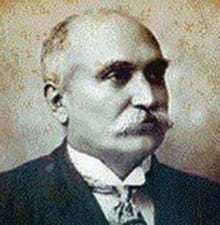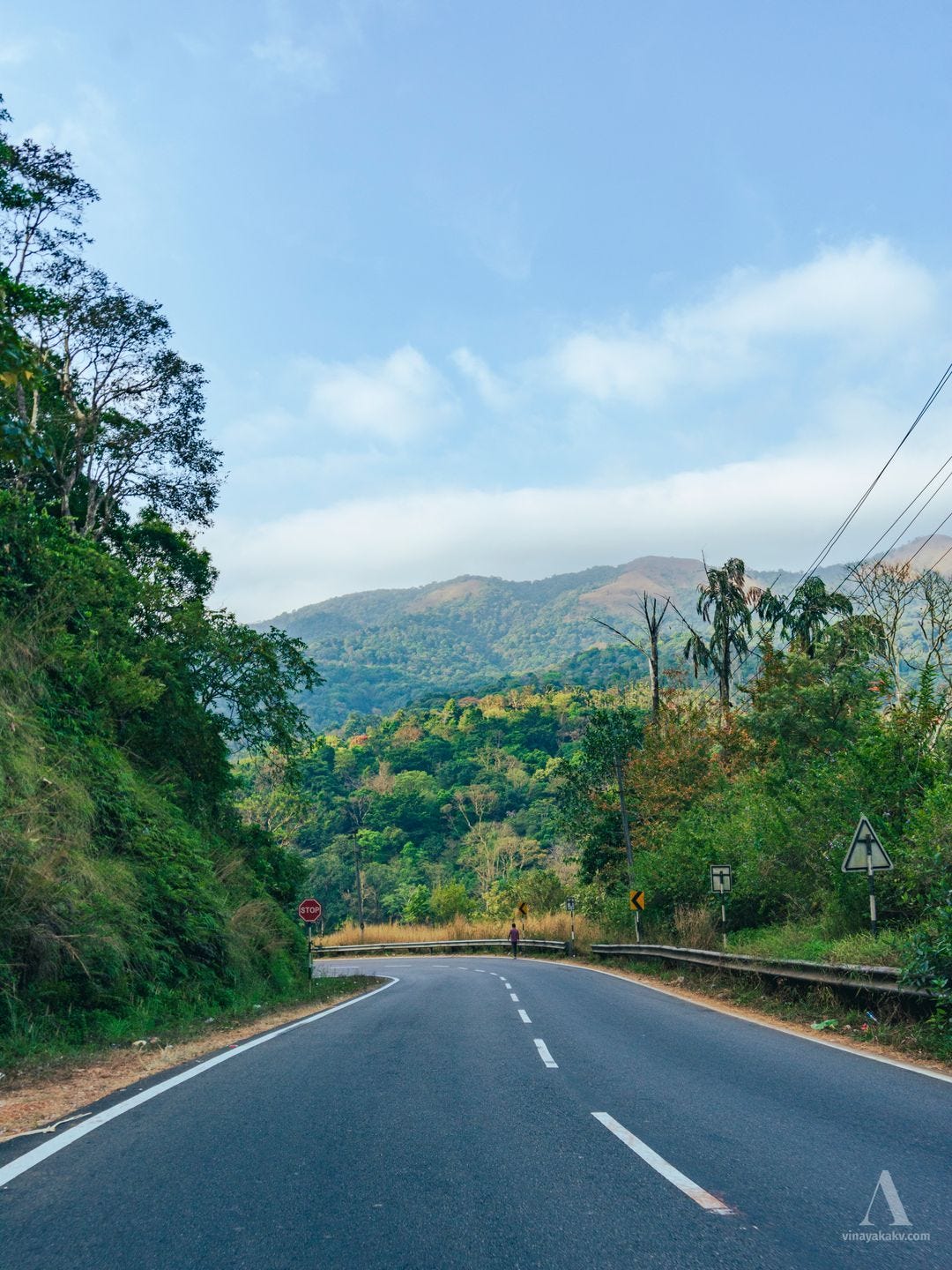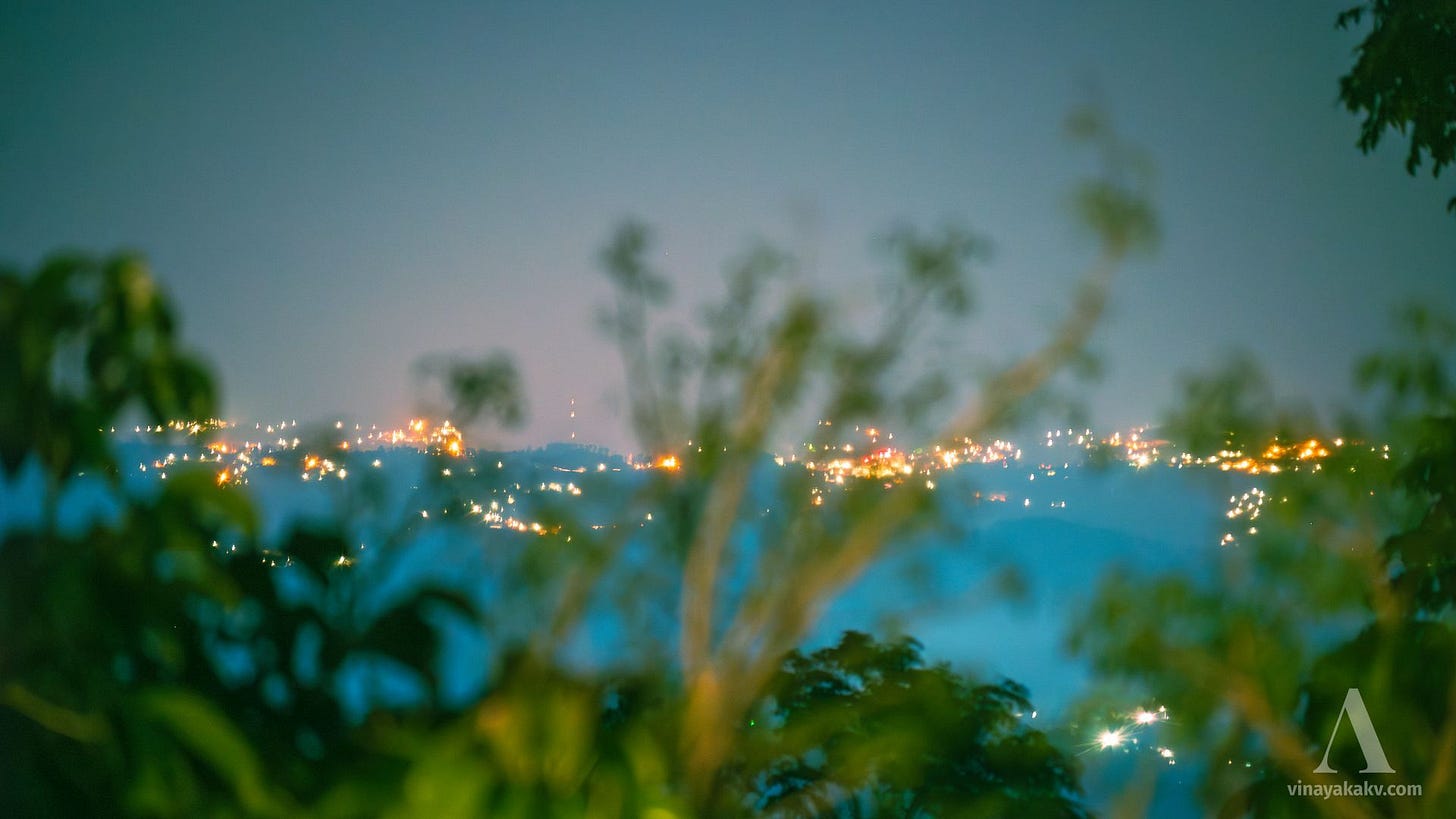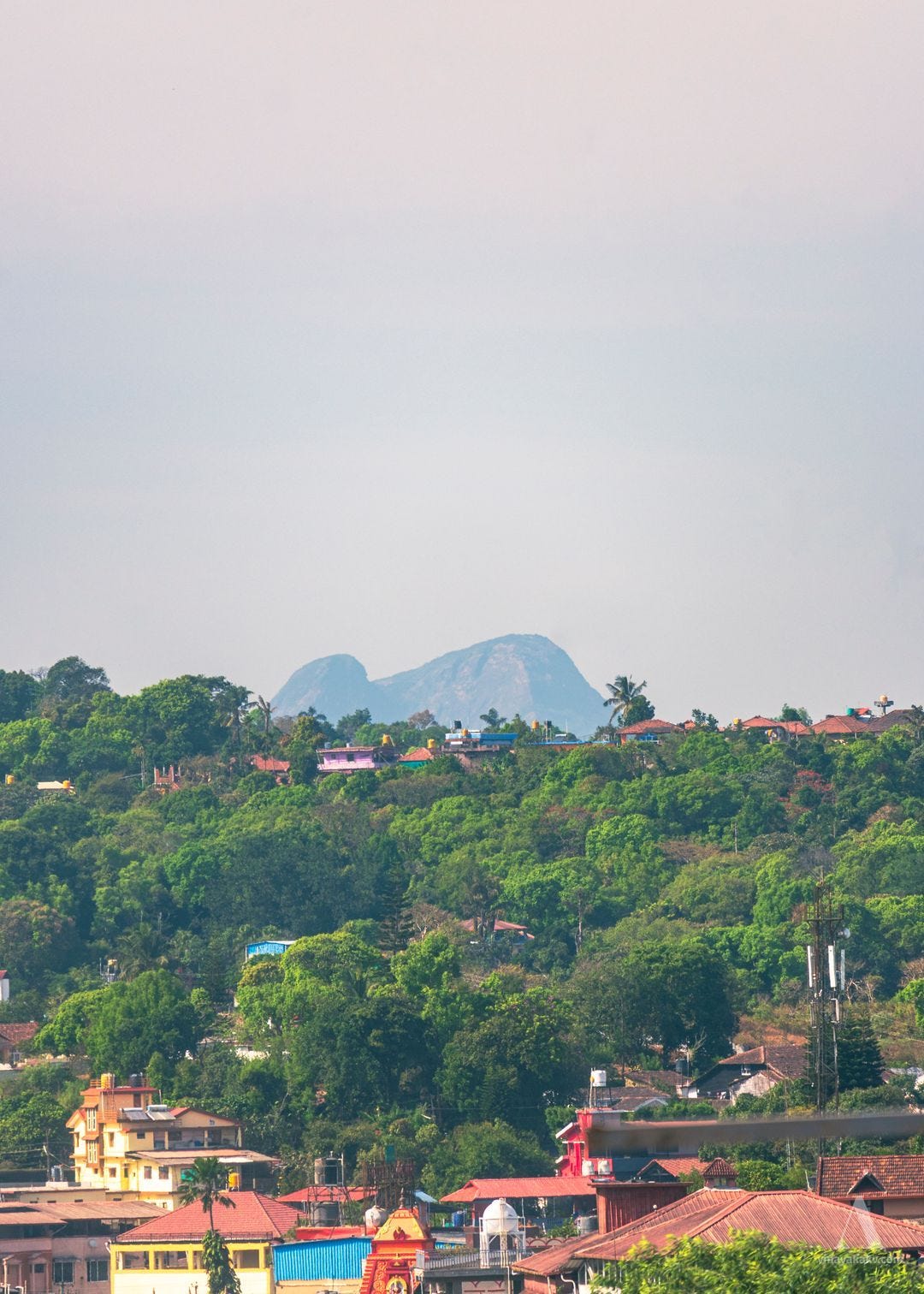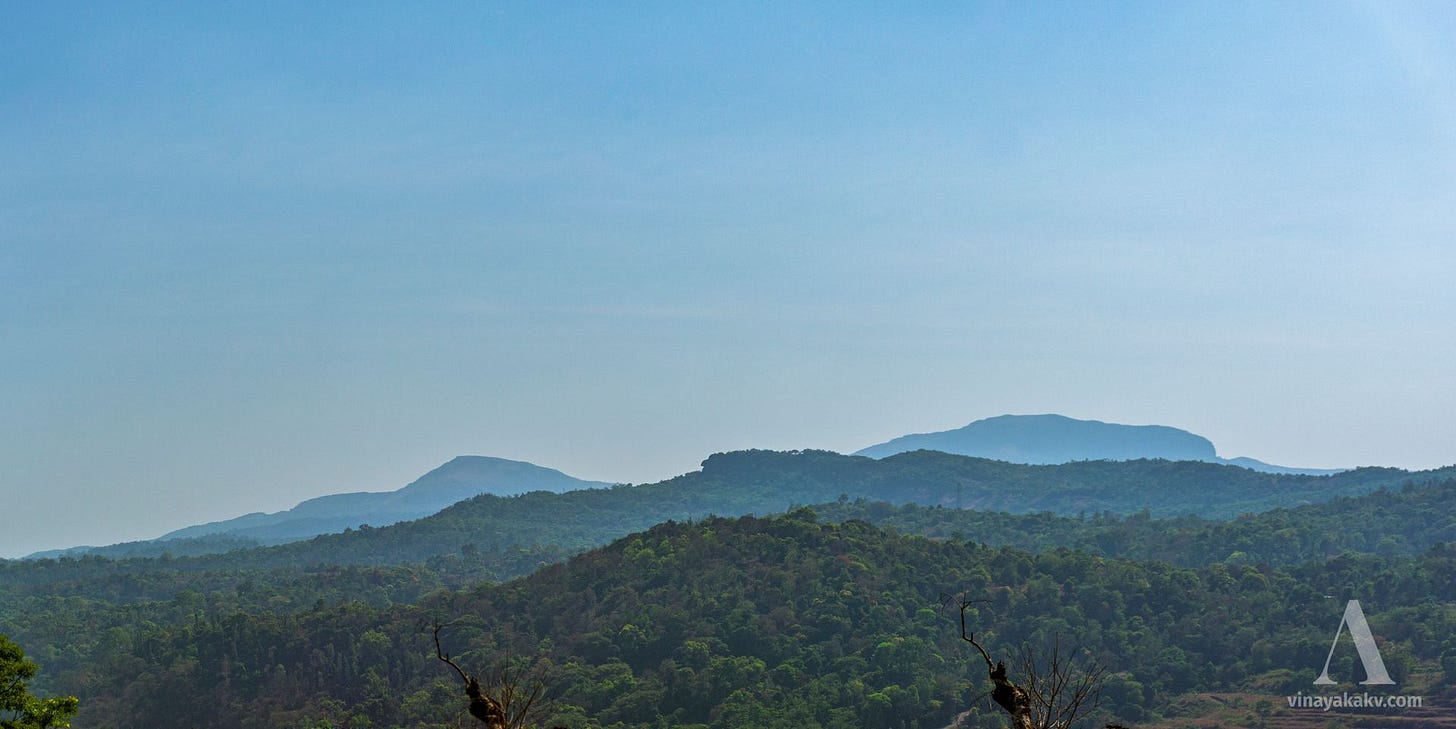Following the Footsteps of B. L. Rice - Part 1
A photo journey in the present looking for the traces of the past
The gazetteers compiled during the British colonial era in India provide valuable insights into local history, lifestyles, customs, and cultural shifts from the perspective of an outside culture.
The region of present-day Karnataka was largely ruled by the princely state of Mysore, along with parts administered by the British provinces of Madras, Bombay, and Hyderabad. The British also directly administered the small state of Coorg. The three-volume series Mysore and Coorg: A Gazetteer Compiled for the Government of India, compiled by Benjamin Lewis Rice (B. L. Rice), offers a detailed view of the region.
B. L. Rice is best known for his work Epigraphia Carnatica, in which he pioneered the collection and interpretation of inscriptions from Karnataka. His efforts laid a crucial foundation for future epigraphical and archaeological discoveries in the region.
In this series of articles, I will explore the regions and landscapes described in the gazetteer, accompanied by present-day photographs and direct quotes from the book.
What Wales is to England, Coorg is to Mysore, in miniature ; a picturesque mountain region, situated on its western side …. Its name, properly Koḍagu, said to mean 'steep mountains', graphically depicts the character of this interesting alpine land.

Its shape on the map has been compared to that of an infant's knitted boot, the heel pointing north-west, and the toe south-east. A narrow arm, about 12 miles long, by about 6 wide, projects northwards into Mysore on the north east.

Behind Nalknád palace, Tadiándamól, the highest mountain of this range, raises its gracefully shaped head over its majestic neighbours. Its height is 5,729 feet above the level of the sea
At an acute angle upon this line, the main chain of the Ghats is continued in a due easterly direction as the Benga-nád range, till, nearing Mercara, it makes a sudden turn to the north-west, and forms with the latter the Sampáji valley, which leads by a gradual slope into the low country of Canara.
At the head of the valley, and supported by a high ridge with steep abutments on its southern front, the Mercara table-land is situated.
This plateau, crossed in all directions by minor hills and ridges, is bounded on the west by the continuation of the Ghats, which culminate near the Bisilu-pass in the Subrahmanya or Pushpagiri hill, 5,626 feet above the sea level.
This is a remarkable two-pointed hill of precipitous height and peculiar shape, and resembles, as seen from Mercara, a gigantic bullock hump.
Amongst the many ridges that branch off from the Subrahmanya range of the Ghats, the most remarkable is that which attains its greatest height in Kóte-betta, about 9 miles north of Mercara. Its elevation is 5,375 feet, and its base covers a very large extent of country. Its summit, which is divided into two peaks, one rather pointed—the Harangal-betta—and the other broad, forms a comparatively flat table land, while its sides are clothed with forest and innumerable cultivated valleys occupy the recesses.
Close to the apex there are two reservoirs of water, one for the use of the Brahmans and one for the Coorgs, which all the year round retain a constant supply
Close to the summit, on a spacious platform, is a small temple of rough granite slabs dedicated to Siva.
This hill, as well as the Nūrokal-betta, offer, on account of their height and central position, the finest general view of Coorg; and even to the lover of nature familiar with mountain glories in Scotland, Switzerland or Italy, no more delightful excursion could be recommended than that to these hills.
The last remarkable range, that which extends from the northern frontier of Coorg down to the Kávéri almost due south, is the Yélusávira hills, with the Málimbi and Kánangala peak. The former is distinguished by its beautifully conical shape, which strikes the eye in every part of Coorg. Its altitude is 4,488 feet.
These quotes are from the opening pages of the third volume. I’ll be exploring several more places in the coming days, so make sure to subscribe if you haven’t already!
References
Mysore and Coorg : A gazetteer compiled for the government of India, Volume III - https://archive.org/details/cu31924071131605
Edit on 2025-05-12
I recently came across the book “Gazetteer Of Coorg” —https://archive.org/details/in.ernet.dli.2015.94276/ — published in 1870, from which Rice’s Gazetteer seems to have taken some quotes




